-
Posts
455 -
Joined
-
Last visited
Content Type
Profiles
Forums
Gallery
Events
Posts posted by molasses
-
-
I know that on cutters and schooners from 50 to 150 years earlier the breast backstays were slacked on the lee side to allow the boom and gaff to swing out when necessary. I suspect this would apply to this racing/day sailing yacht as well.
I think that the boom topping lift (the tan line you have from the boom to the mast doubling) needs to be doubled with one on each side of the sail. The lee side lift would be slacked so it didn't rub a hole in the sail. Again, I don't know with certainty this would apply to your project.
I couldn't stand not knowing for sure, so I did a Google search for Mariquita and found literally dozens of photos of her (including our mutual friend's SiB which I hadn't seen before). Photos from the lee side show both of the lee backstays and the boom topping lift slacked and also three shrouds, not just one. Photos from the windward side also show a slack boom topping lift. The photos show that she has a one-piece mast but that may have been a change made during her 2001 to 2004 restoration performed at the same boatyard where she was built, by a descendant of the original builder. She is the only one of six 19-meter International Class racing yachts still in existence and competes very regularly in classic yacht races which rules require she be exactly as she was except for safety, navigation and sail and rigging material upgrades. This suggests that her original mast was one piece. Her as-built name was Ladybird. By the way, mariquita is Spanish for ladybug.
Note the starboard aft backstay is quite taught while the lee backstay is slack even when close-hauled on a starboard tack.
Enlarged detail showing how the topsail is rigged with two attached spars and the rigging of the peak halliards.
Mariquita before the wind with a spinnaker spread to starboard and the mainsails swung to larboard. When not in use the spinnaker boom is stowed vertically just forward of the mast; the tip of that boom is visible in the detail photo above. The other end of that boom appears to be attached to the mast.
I hope this helps,
-
Andy, I have no idea how you got the name of the ship from the aircraft markings. Here's a 10X enlargement of three planes on her deck.
USS Independence (CV-22, later CVL-22) was the lead ship of a class of light carriers built during WW2 from partly completed cruisers. Commissioned 14 January, 1943, she served in several Pacific Theater campaigns earning 8 battle stars. After the war she was a test target for two atomic bomb tests then was scuttled near the Farallon Islands west of San Francisco in January, 1951. Besides being highly radioactive, it is rumored that she had barrels of nuclear waste on board which have contaminated the wildlife refuge and commercial fisheries near those islands.
Your turn, Andy.
-
-
The photo is used to illustrate both of the Royal Navy's Nelson-class battleships HMS Nelson and HMS Rodney. I'm unable to distinguish between the two. They were distinctive in that all of the main battery turrets were forward of the superstructure. The battleships were nicknamed Nelsol and Rodnol because of their superficial resemblance to Royal Navy oilers which all had names ending in -ol.
-
Dave, my understanding of why the Great Eastern was not a success was that she was too big. There just was not enough passenger and cargo to fill the ship. If I remember correctly she was considered fast. Crossing in 9 1/2 days.
The Wikipedia entry for Great Eastern quoted from an article by R. A. Buchanon in Technology and Culture: "...she was used in the transatlantic business, where she could not compete in speed and performance with similar vessels already in service." Being even marginally slower than her competitors made it more difficult for her to make use of her capacity in passengers and cargo. The same Wiki entry also commented that Great Eastern could not take full advantage of the square sails on the center masts because the sparks and hot ash from the stacks set the sails on fire.
Great Eastern should be remembered for the innovations she brought to ship-building that are now standard features: the double hull and a compartmentalized hold. These features saved her from disaster when a pilot grazed the Northeast Ripps (now known as Great Eastern Rock) near Montauk, Long Island at 2:00 am, 28 August, 1862, that cut a hole over 9 feet wide and 83 feet long in her port side outer hull - about 60 times the area of the gash that sank Titanic. The passengers never even knew of this accident.
-
That's the Great Eastern, designed by Isembard Kingdom Brunel. Launched in 1858 she was taken out of service in 1863 because she was too slow to compete in the aggressively competitive trans-Atlantic trade. Sold at auction in 1864 for about 25% of her value as scrap, she was converted to lay the first successful trans-Atlantic telegraph cable in 1866. She was the largest ship ever built until 1899. Propulsion was by paddle wheels, a screw and sails. The image is of her appearance as the cable layer, she was originally built with five stacks.
I just now found that Jason beat me to it.
 That's what I get for taking a break for breakfast.
That's what I get for taking a break for breakfast. -
Well done, Kevin, you found it the hard way - Google Image identifies the ship in a few seconds. The photo is of the Pan Crescent (Atzma'ut). The Hebrew names given to the Pans, Komeimi'ut and Atzma'ut, translate respectively to Sovereignty and Independence.

The Pans carried over 15,000 Jewish immigrants from Bulgaria to Cypress 27 - 31 December 1947, then transported most of the Jews interred there to Israel later in 1948. The best known of the immigration ships is Exodus 1947, the basis for a novel by Leon Uris and a movie, both titled Exodus. The Royal Navy had the un-enviable task of preventing illegal immigration of Jews to pre-state Israel before, during and after WW2.
Your turn, Kevin.
-
The clandestine operation was not rum-running.
Both ships were purchased in March 1947 from the United Fruit Company by the F. B. Shipping Company. Officially, the initials stood for "Far Better" but actually meant "F*** Britain". (No disrespect intended, this is a documented historical fact.)
-
I'm surprised there have been no guesses; although little known, the ship is easy to find.
-
-
I found very little about the four-masted schooner Mary Manning of Waretown, New Jersey, except accounts of the rescue of her captain, crew of nine men and a passenger on 4 March 1906 after 110 hours (!) clinging to wreckage on the deck of the waterlogged ship. Lightening struck her main mast on 27 February shortly before the worst of a freezing gale swamped her. Her deck houses and all but the foremast were washed away by the gale in the following days. The rescuing ship left Mary Manning in a sinking condition. It seems likely that her cargo of lumber helped keep her from sinking for so long.
Link to New York Times story dated 6 March 1906: http://query.nytimes.com/mem/archive-free/pdf?res=F30E1EFB3E5512738DDDAE0894DB405B868CF1D3
-
Thank you, Wayne, Neville is correct. She was SS City of Norfolk as a passenger/cargo ship, SS Independence as a freighter and USS Independence during her very brief WW1 service of one voyage to England. She is the third ship named Independence posted here in recent weeks.

Your turn, Wayne.
-
All photos of this ship are from the US Department of the Navy - Naval Historical Center website.
She was extensively modified from a civilian freighter to a passenger/cargo ship in 1930-31 with a new name. This change lengthened her, gave her the new bow and increased her displacement by over 500 tons.
Re-acquired by the US Navy in December 1940, modified for war service and renamed for a US Marine general, Commandant of the Marine Corps and recipient of a Congressional Medal of Honor, she was commissioned in May 1941. Re-classified and re-fit for that role in February 1943 (the date of the second photo), she was awarded five battle stars for her participation in campaigns in the Mediterranean and Pacific during WW2.
This photo, dated February 1942, of the mystery ship (foreground) in convoy from New York to Belfast shows her prior to her re-fit and re-classification a year later.
No more clues, there is very little information left to give out - except one of her names.
-
This one is easier for certain.
You should remove the name/registration number out of the pics you post

Jan
I didn't notice the registration number at the bottom edge when I posted the photo, but I fixed that.
-
-
Alloway is remarkably close, the respective histories in the Navy are almost identical but the mystery ship later had more Navy service with a different name.
-
Ah, Dave, we already now the name of the next one

Jan
You're clearly on to me so I won't post a photo of the WW2 sub tender Fulton, and lead ship of this improved class of sub tenders, like I had planned. I could not find a photo of the fifth US vessel named after Robert Fulton, a WW1 conscripted tug named Fulton used for home water patrol duty, renamed SP-247 and later returned to her owners after the war.
Name the Ship:
-
-
Dave, I see you're up to your old tricks again.
What tricks could those be?

You're correct, David, It's the Fulton, named for the inventor of the first practical submarine, Nautilus, successfully tested in 1800. I found the name very appropriate for the first submarine tender and lead ship of the class.
I thought this photo of Fulton at work would be too easy.
Your turn, David.
-
Jan, you're closer than you might think in that this ship did serve as a patrol gunboat along the coast of China in her later years (early thirties), but she is not Dutch and was not designed for patrol duties.
She was American and was built just before WW1 as part of the deployment of a new weapon system.
Did you notice the opening in the side of the ship?
Dave
-
DFellingham, That was how I found it as well.
I knew that, it's why I mentioned it.
 I spent hours reading about the First and Second Texas Navies. Much more entertaining than most of what's on the idiot box. I recognized Independence right away.
I spent hours reading about the First and Second Texas Navies. Much more entertaining than most of what's on the idiot box. I recognized Independence right away.Anyway, since Henry declined his turn (smart guy, finding ships to post can be as difficult as finding a name) . . . .
Name the Ship:
She was the first of her kind in her country's navy and gave her name to the class.
-
You beat me to it, Henry. I was previewing my post when you posted your guess.
Named Independence while in the First Texas Navy, and renamed La Independencia after her capture by a superior Mexican force. I came across her while researching the USS Independence I posted a few days ago.

Actually, two of the ports should be empty. She carried 6 x 6 pounders and a long 9 pounder.
As the Revenue cutter Ingham she intercepted the Mexican Navy schooner Montezuma lying in wait to intercept Texan and American flagged vessels in Texas waters to extort an "excise tax" from the vessels and engaged it, driving it from the area. A New Orleans newspaper reporting the incident said, "...the vessel is entitled to bear the best motto for a military public servant—SEMPER PARATUS." The United States Coast Guard would adopt Semper Paratus (always ready) as their motto in 1896.
-
USS Fulton II is correct.
Fulton II was the second steam powered vessel in the US Navy, built in 1837 as a harbor defense vessel and placed in ordinary in 1842 when she was determined to be unsuitable for the cruising role of the Navy at that time. She was rebuilt and her machinery replaced in 1851 for blue water service, a role in which she served until laid up in ordinary in 1859. Fulton II remained in Pensacola Navy Yard until seized by Florida officials after Florida seceded from the Union in 1861 and was burned there in 1862 before Union forces recaptured the yard.
Your turn, Kevin.
-
Two days and no guesses.

She's a US Navy side-wheel steamer with four stacks arranged in a rectangular pattern. Three drawings of her in this early configuration were made over 100 years later and were based on written descriptions and a simple contemporary line drawing. Two of those three are from the beam and fail to show the four stacks; the third reconstruction drawing is from the port bow and clearly shows four. She was extensively rebuilt several years later into a more familiar and better documented configuration with one stack.
Port bow view showing four stacks.



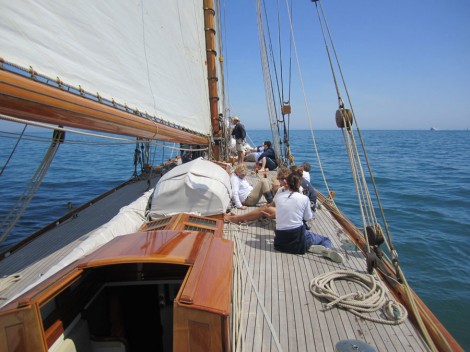
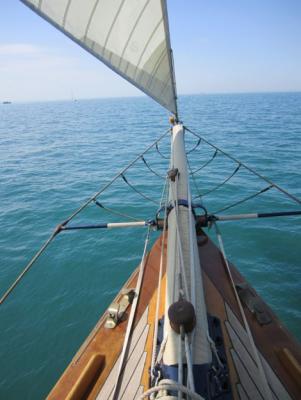
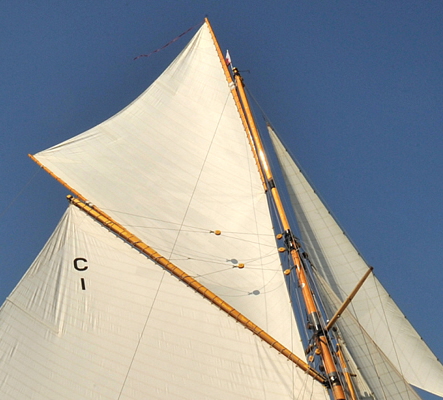
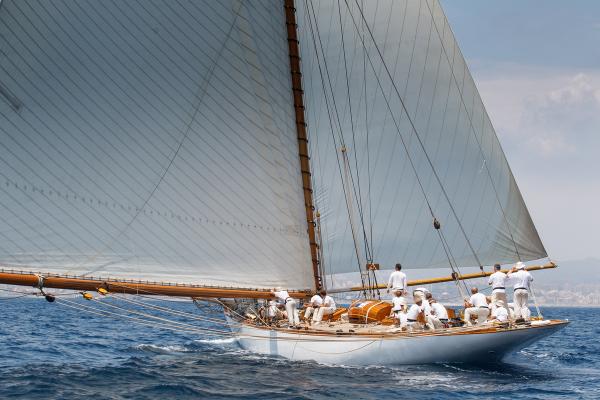


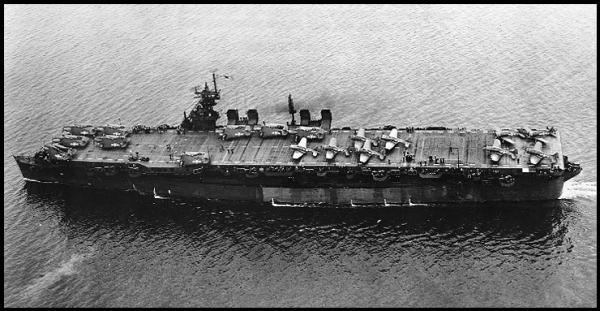
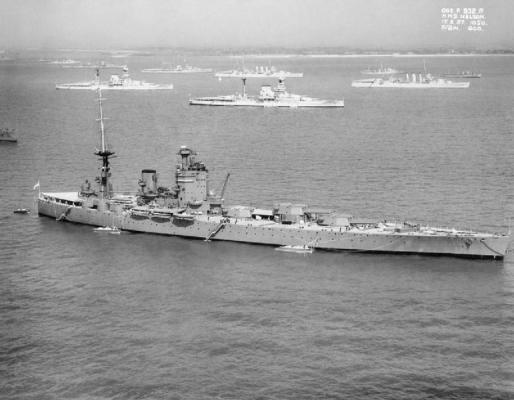
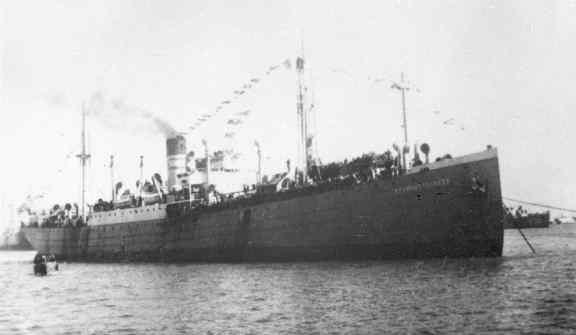
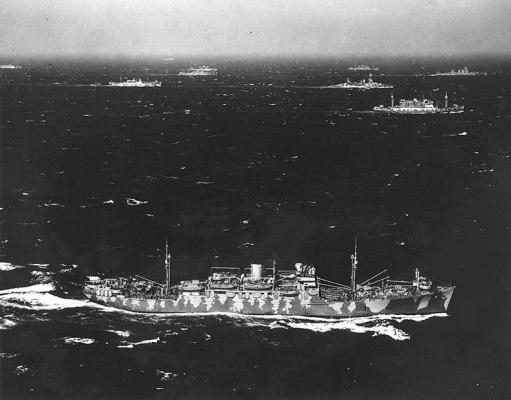
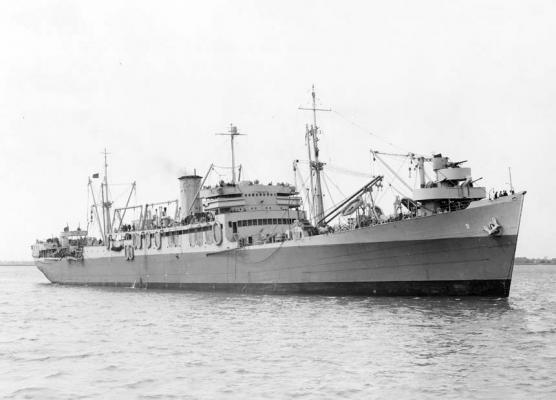
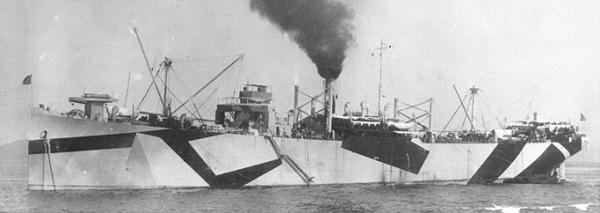

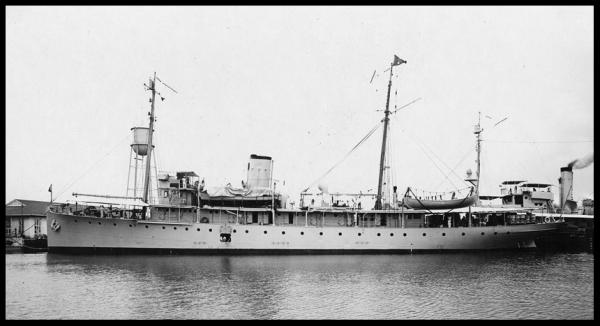
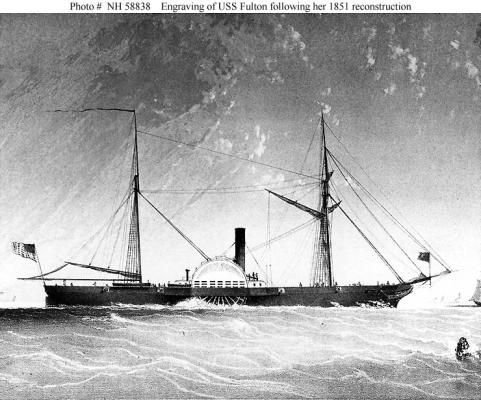

Name the Ship Game
in Nautical/Naval History
Posted
USS Freedom (LCS-1) lead ship of the class. Commissioned November 2008, first deployed in 2013 after extensive sea trials and now based at San Diego. Could be USS Fort Worth (LCS-3), also based at San Diego. She is longer than Freedom giving her a top speed greater than Freedom's admitted 40 knots. Four more of the class are under construction with five more planned. Both of these ships underwent their sea trials on Lake Michigan. Detractors of the LCS concept call them "Little Crappy Ships".
USS Freedom as deployed with dazzle camouflage from 100 years ago.